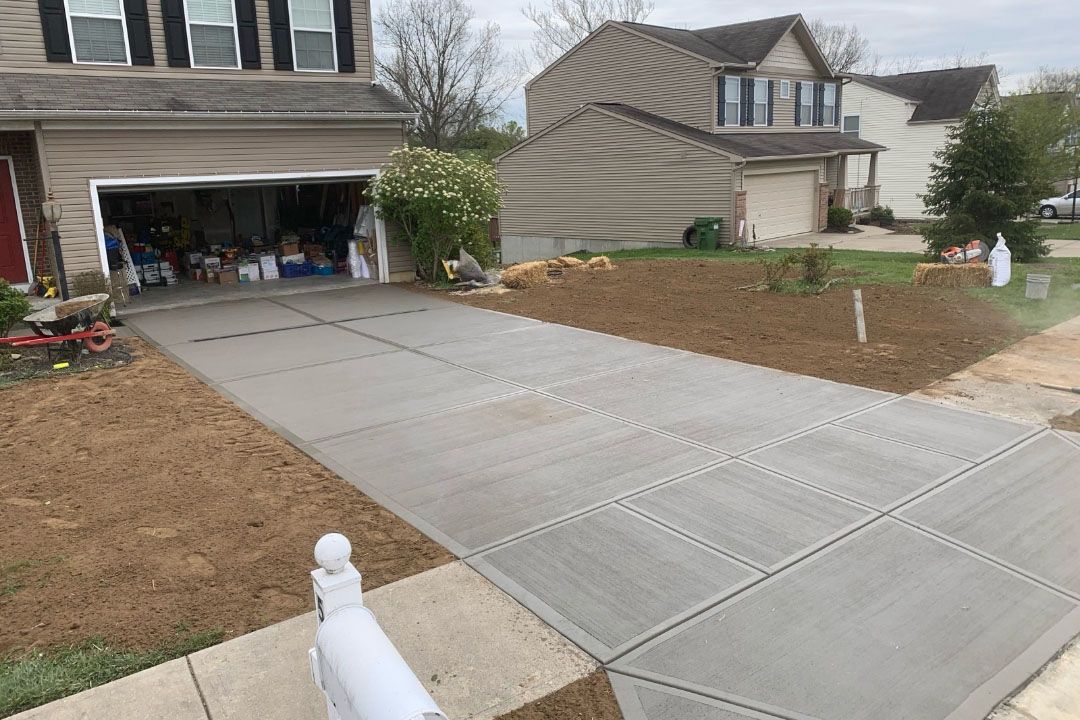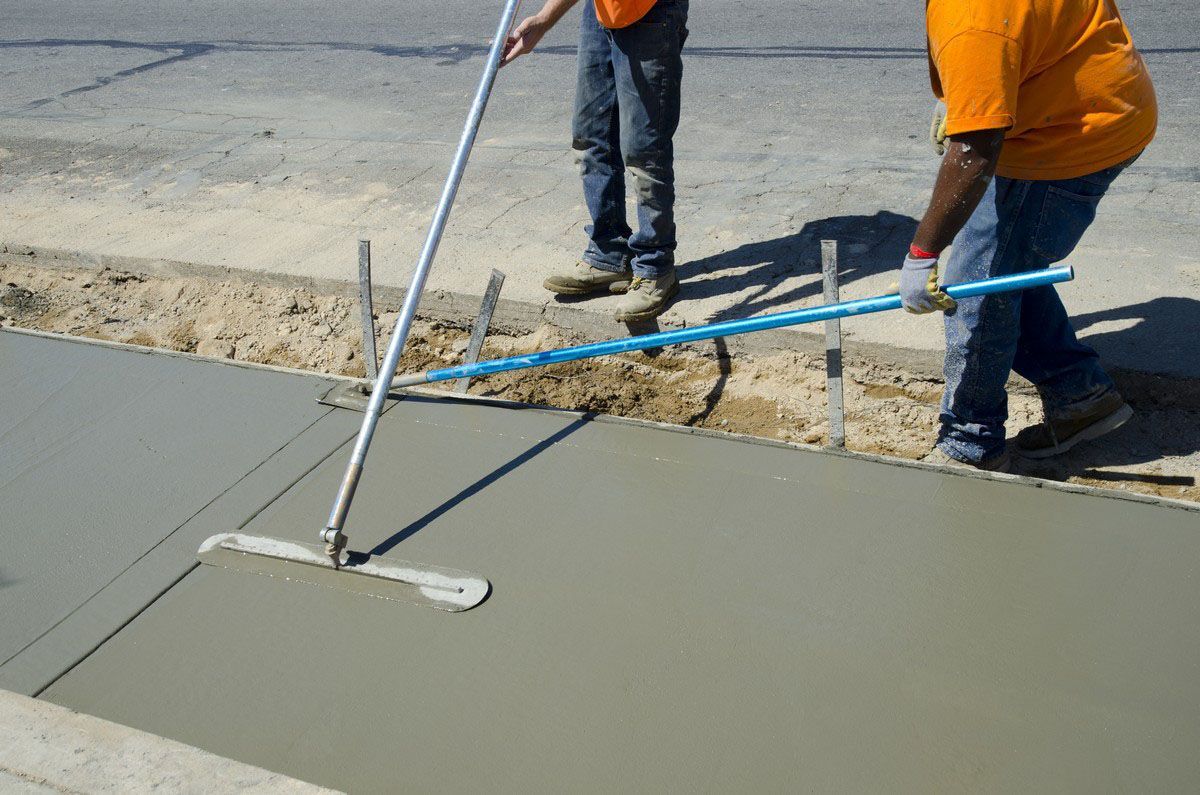What to Expect When Having a Concrete Patio Installed
Installing a concrete patio is an exciting way to enhance your outdoor living space, providing a durable and attractive area for entertaining, dining, or simply relaxing. While the idea of a new patio can be appealing, it’s important to know what to expect during the installation process. From preparation to finishing touches, understanding each step ensures a smoother experience and a high-quality result that will last for years. A well-planned patio not only increases your home’s aesthetic appeal but can also improve functionality in your yard, offering a space for multiple outdoor activities.
Planning Your Concrete Patio
Before any work begins, careful planning is essential for a successful patio installation. This involves deciding on the size, shape, and location of your patio to suit your outdoor space and lifestyle. You may want to consider accessibility, sunlight exposure, and the flow between the patio and your home. Additionally, consulting with professionals experienced in concrete construction can help ensure your ideas are feasible and will result in a functional and aesthetically pleasing design. Thoughtful planning at this stage reduces costly changes and ensures the patio complements your existing landscape.
Concrete is a versatile material that comes in various finishes, textures, and colors, allowing you to customize your patio to match your home and outdoor décor. Options include smooth, broom-finished, stamped, or exposed aggregate surfaces. Selecting the right type of concrete ensures both durability and visual appeal. Discussing your preferences with a contractor specializing in concrete construction will help you choose a material that suits your style while meeting performance expectations. The right material choice also plays a role in maintenance requirements and long-term satisfaction.
Proper site preparation is critical to the longevity of your concrete patio. This includes clearing the area of grass, rocks, and debris, as well as leveling the ground to create a stable foundation. Excavation services are often required to remove unwanted material and shape the site for drainage. A well-prepared site prevents cracking, uneven settling, and water pooling, providing a solid base for your concrete patio. Ensuring the area is properly graded also protects your home and surrounding landscaping from potential water damage.
Installing a Base Layer
After site preparation, a base layer is installed to support the concrete and enhance its strength. Typically, this consists of compacted gravel or crushed stone that promotes drainage and prevents shifting. Proper compaction of the base is essential, as it forms the foundation for the concrete slab. Using professional concrete construction techniques ensures the base layer is even and stable, setting the stage for a durable patio. A well-installed base also reduces the likelihood of future repairs, ensuring your patio remains level and strong over time.
Next, forms are set to define the shape and edges of the patio. These are typically wooden or metal frames that hold the concrete in place until it cures. Reinforcement, such as steel rebar or wire mesh, is then added to improve the structural integrity of the patio. This step is essential in concrete fabrication because it prevents cracking and increases the longevity of the patio under heavy use and changing weather conditions. Accurate placement of forms and reinforcement ensures that the final patio meets design specifications and maintains its structural strength.
Once the forms and reinforcement are in place, it’s time to pour the concrete. This process involves carefully placing the concrete into the prepared area and spreading it evenly. Concrete construction experts use specialized tools to ensure the surface is level and smooth. Depending on the size of the patio, the pouring process may take several hours, and proper timing is critical to achieve a uniform finish. Weather conditions are also considered during pouring to ensure the concrete sets correctly without cracking or uneven curing.
Finishing the Surface
After the concrete is poured, finishing techniques are applied to achieve the desired look and texture. This can include broom finishes for slip resistance, stamping for decorative patterns, or exposing aggregate for a natural look. According to This Old House, concrete pavers that are 8 feet by 10 feet or 10 feet by 10 feet are a natural-looking size for a patio, providing balance and aesthetic appeal. The finishing process also involves smoothing edges and ensuring that water drains away from the house properly. Adding decorative treatments at this stage can make your patio uniquely suited to your style and outdoor environment.
Curing is a vital step in concrete construction, as it allows the concrete to harden and gain strength. This process typically takes several days, during which the surface must be kept moist and protected from extreme temperatures. Proper curing reduces the risk of cracking and enhances the durability of your patio. It’s important to avoid heavy foot traffic or placing furniture on the patio until the concrete has fully cured. Using professional curing techniques ensures your patio reaches its maximum potential strength and longevity.
Expansion joints are essential in concrete construction to allow for natural movement caused by temperature changes and settling. These joints prevent unwanted cracking by providing space for the concrete to expand and contract. Typically, joints are placed at regular intervals throughout the patio. Incorporating them during installation ensures a longer-lasting patio with minimal maintenance concerns. Properly planned expansion joints also improve the visual appeal by maintaining uniform sections and preventing uneven surfaces over time.
Finalizing Touches and Landscaping
Once the concrete is fully cured and expansion joints are in place, you can focus on final touches such as sealing, staining, or adding decorative elements. Landscaping around the patio, such as planting beds, retaining walls, or yard grading, can enhance the visual appeal and functionality of the space. Professional services like block retaining walls and yard grading ensure that the surrounding area complements your new concrete patio seamlessly. Thoughtful landscaping can also help direct water away from the patio and reduce erosion around the installation area.
Proper maintenance extends the life of your concrete patio. Routine cleaning, sealing, and addressing minor cracks promptly can prevent more significant damage over time. Concrete professionals can provide guidance on care routines and products suitable for your patio’s specific finish. Regular maintenance keeps your patio looking attractive and ensures it remains a safe and enjoyable outdoor space for years to come. Additionally, scheduling occasional professional inspections can identify potential issues before they become major problems.
When planning a concrete patio, several related services may be beneficial. Excavation and demolition services prepare the site for installation, while downspout lines and drainage solutions prevent water damage. House and building slabs may be integrated into larger outdoor projects, and commercial or residential concrete services ensure the work is completed to high standards. Working with professionals experienced in all aspects of Concrete fabrication guarantees a cohesive, high-quality outcome. These complementary services can streamline the project, saving time and ensuring every component works together effectively.
Choosing a Trusted Concrete Contractor
Selecting a reliable contractor is crucial for a successful patio installation. Experienced professionals bring expertise in concrete construction techniques, project management, and attention to detail. They ensure that each step, from planning and excavation to finishing and curing, is executed correctly. A reputable contractor will also provide guidance on materials, patio design, and maintenance to ensure a durable and attractive outdoor space. Choosing a contractor with a full range of services can simplify the process and provide peace of mind that the job will be done right the first time.
Installing a concrete patio involves several steps, from planning and site preparation to pouring, finishing, and curing. Understanding what to expect during each phase helps homeowners feel confident and prepared for the process. Additionally, complementary services such as excavation, yard grading, downspout lines, and drainage can enhance the final result. Whether for residential or commercial purposes, a well-constructed concrete patio offers long-lasting beauty and functionality. For expert guidance and professional concrete services, Cohorn Concrete Construction LLC provides a full range of solutions, including residential and commercial concrete, block retaining walls, house and building slabs, demolition and hauling, and more to bring your outdoor vision to life. Their expertise ensures every step is handled efficiently and to the highest standards. For more information, call us today!



Share On: